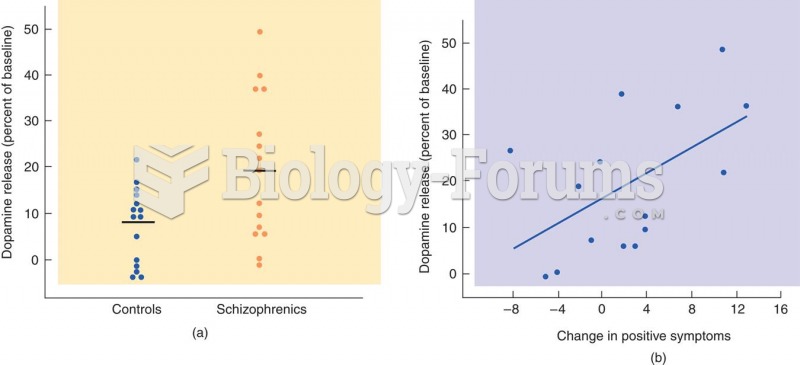|
|
|
Did you know?
The most common treatment options for addiction include psychotherapy, support groups, and individual counseling.
Did you know?
As many as 28% of hospitalized patients requiring mechanical ventilators to help them breathe (for more than 48 hours) will develop ventilator-associated pneumonia. Current therapy involves intravenous antibiotics, but new antibiotics that can be inhaled (and more directly treat the infection) are being developed.
Did you know?
The average office desk has 400 times more bacteria on it than a toilet.
Did you know?
People about to have surgery must tell their health care providers about all supplements they take.
Did you know?
The Romans did not use numerals to indicate fractions but instead used words to indicate parts of a whole.







